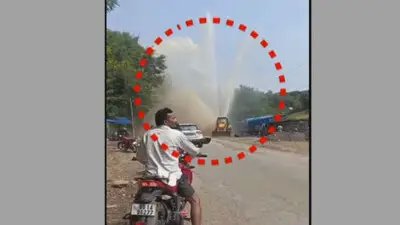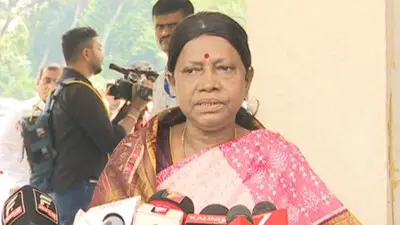By Sandeep Sahu

As a society, we don’t really value lives – especially if they belong to the poor and the ordinary. If we did, all hell should have broken loose after the ghastly mishap in the Gailo ghat in Deogarh on April 17 this year, which claimed 27 lives. The spine-chilling mishap should have been followed by a massive, multi-agency crackdown on bus operators to ensure that buses without fitness certificates or in a dilapidated condition stop plying on the roads; vehicles don’t overspeed, especially on ghat roads; buses don’t carry more passengers than their certified capacity and drivers don’t drive under the influence of alcohol or talk on their mobile phones while driving. In short, everything that would minimize – if not altogether do away with – chances of a repeat of such a tragedy.
But we did nothing – except the concerned minister issuing a statement warning of ‘stern action’ against violators and the Transport department issuing a circular asking all RTOs and MVIs to enforce the rules ‘strictly’ – the time-honoured routine after every major mishap. The result of this callousness was there for everyone to see in all its gory details at Puruna Manitri near Athmallick today, which has already claimed 19 lives.
In this particular case, initial reports based on eyewitness accounts suggest that the driver was talking on his mobile phone while negotiating the bridge, resulting in an eminently avoidable human tragedy of enormous proportions. The inquiry that has been ordered would reveal whether there were other factors – like the condition of the bus and overcrowding – too that contributed to the accident.
It is easy to argue that accidents are, after all, accidents and there is no way they can be prevented altogether. On the face of it, there is some merit in this line of argument. Accidents can indeed happen even after all precautions have been taken. But report after report has established beyond any shred of doubt that the vast majority of accidents on Indian roads are eminently avoidable. And the one near Athmallick certainly looks like one that could have been prevented if only the driver had been a little more careful!
In a city like Bhubaneswar, relentless crackdown by the authorities has ensured that over 90% of two-wheeler drivers wear a helmet while driving. But just go a few kilometers away from the city and there is not a soul on the road – even on a road as busy as the NH 5 – to ensure compliance. In smaller towns and rural areas, helmet-less driving is more the rule rather than the exception. This writer remembers what an acquaintance had told him during a visit to the small town where he lives; “Here, anyone wearing a helmet gets quizzical looks as if he has descended from some other planet!”
This being our attitude to an elementary road safety measure like using helmets, it is hardly surprising that that more than 4, 000 people die in road mishaps in Odisha every year. With such a staggering number of deaths taking place on its roads, one would have expected the state government to wake up to the problem in real earnest and take some concrete measures to bring down the casualty figure, which has been on an upward curve over the last five years. But how serious it is about the whole issue became clear recently when the Road Safety Committee of the Supreme Court chided it for failing to hold the mandatory two meetings of the State Road Safety Council a year.
If the April 17 mishap in Deogarh did not drive home the urgent need for putting in place a mechanism that would minimize the possibilities of road mishaps (especially those involving passenger carriers), there is no reason to hope that the one at Athmallick today would do so. Once the dust settles down and the media moves on to other ‘stories’, it would be back to business as usual. Passenger buses without fitness certificates would continue to ply on the roads with more passengers than permitted as transport authorities look the other way; MVIs would continue to issue to issue fitness certificates to vehicles well past their roadworthiness (for a fee, naturally); drivers would continue to drive under the influence of alcohol; car drivers would continue to drive without fastening the seat belt and bikers would continue to drive helmetless.
Till the next major, that is. Once that happens, it will be a replay of the well-rehearsed routine of the government announcing ex-gratia and free treatment of the survivors. Solemn assertions would be made about ‘stringent measures’ to be put in place and dire warnings duly sounded about ‘sternest possible action’ against wrongdoers by ministers and officials looking suitably concerned.
At the end of it all, the annual casualty figure due to road accidents in Odisha that stood at 4, 303 in 2015, would have risen by a few hundreds more!!!










